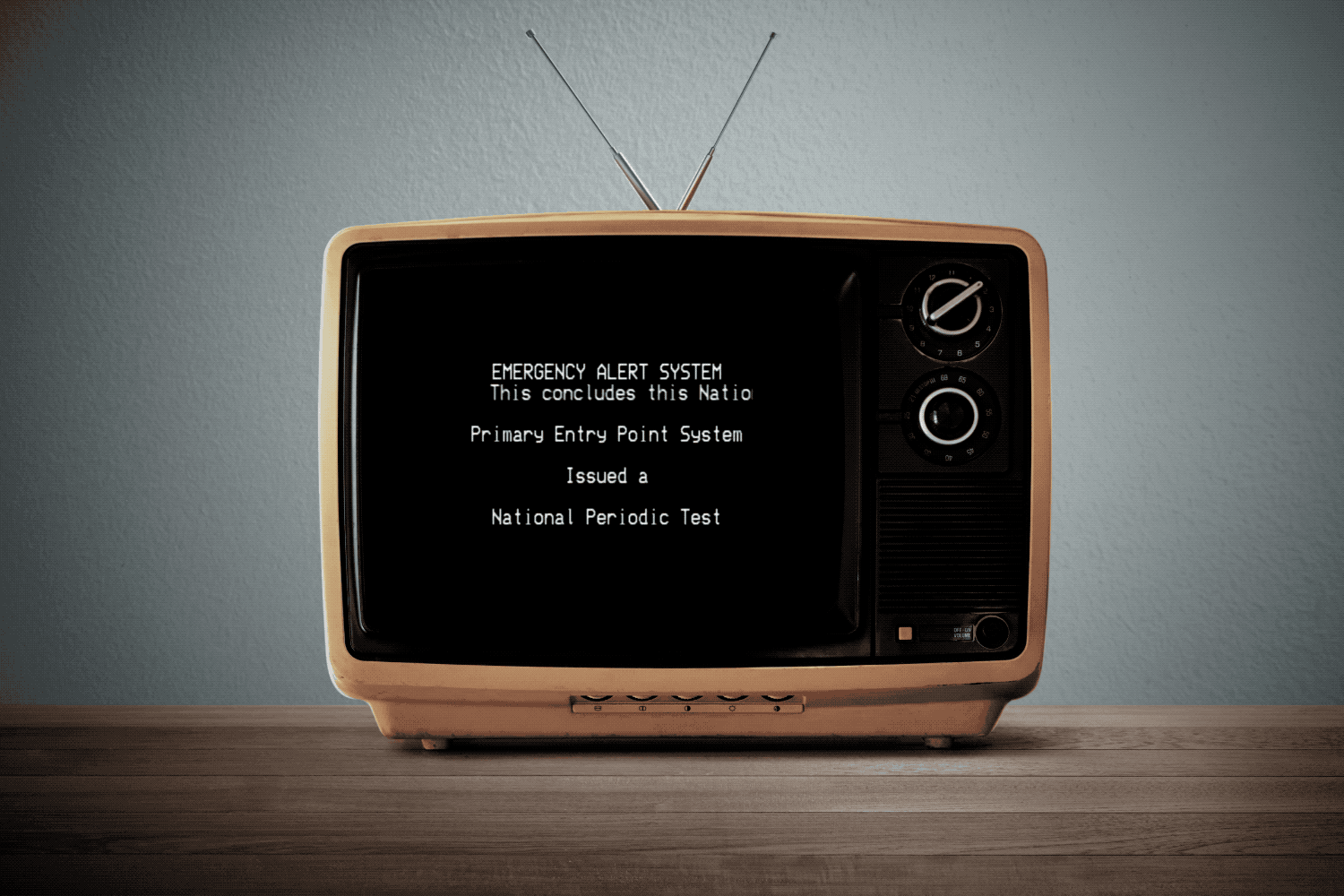Readings
• Liz Ellcessor, In Case of Emergency: How Technologies Mediate Crisis and Normalize Inequality, 2022. I wish we had time to read this whole book, but let’s focus our discussion on the introduction and chapter 3 (“Alert”). Really the whole book is excellent and it’s hard to ignore the rest, but we have limited time. If you think you might be interested in making a map for your final project, chapter 2 would be useful to return to at that time. And if you all would like, maybe we could return to chapter 4 which discusses 911 during our “flex week”, which I propose might be good to use to talk about policing reform, PIC abolition, mutual aid, and alternatives to policing in responding to emergency.
• Andy Stuhl, “Acoustic Infrastructure: The Sounds and Politics of Radio Tests in American Emergency Broadcasting”, Communication Journal of Canada, (46: 2), April 2021. The above Ellcessor book will already be a lot. But this great article goes in-depth into an emergency notification infrastructure and so is perfect as we shift into several weeks on infrastructure. Try to get through this one as well if you can. I don’t think it’s too hard of a read.
• (Optional.) Mary Ann Doane. “Information, crisis, catastrophe”, Logics of television: Essays in cultural criticism (1990): 222-239. This is a fantastic article but rather dense. It focuses on the temporality of television and concepts like “liveness,” the “nowness” of live broadcasting, the notion of “real time,” and the consequences of the fact that television has established norms of being always on. With its discussion of crisis and catastrophe in this context, it is certainly relevant to our discussions at this point in the semester, but it is the more dense and theoretical than the two texts above, so let’s consider it optional.
• (Optional.) Cait McKinney, Information Activism: A Queer History of Lesbian Media Technologies, 2020. This is a great book but slightly off-topic for what we’ll be talking about this week. Chapter 2 in particular was the section that I initially thought could fit in this week: about a lesbian telephone hotline in New York City in the late 1970s, operated as a way to provided feminist resources to women. The chapter also discusses how this system was mediated by paper-based logs kept by the women workers who staffed the phones. If anyone is interested in either of these things for the final project, this could be a good text to return to.
Examples
• NYC-ARECS website. Since we had a listen to my interview with Charles Hargrove last class, let’s spend some time this week talking about NYC-ARECS by doing a “close reading” of their website. Take some time to browse the site, and we can use class time to do some detailed analysis of it. Who is this site targeted to? Who & what does it depict? What narratives does it tell? We’re shifting away from representation and into infrastructure, but I think this site is depicting an infrastructure in a way that might give us lots to talk about. Maybe we can compare/contrast this with the ARRL website, and in particular the section here that focuses on ARES, the Amateur Radio Emergency Service.
• Original War of the Worlds broadcast (1938). Some context via Wikipedia and Smithsonian Magazine.

Leave a Reply